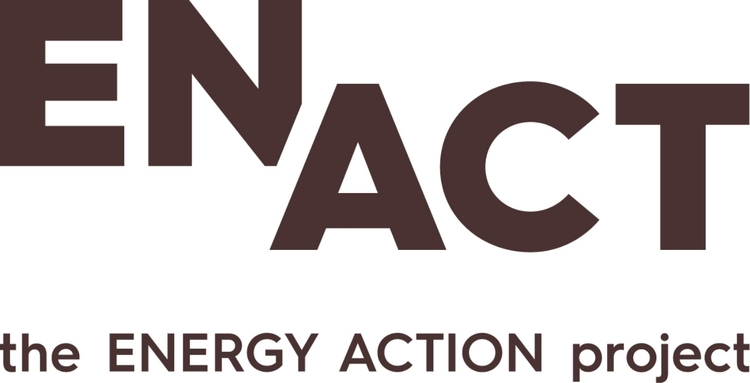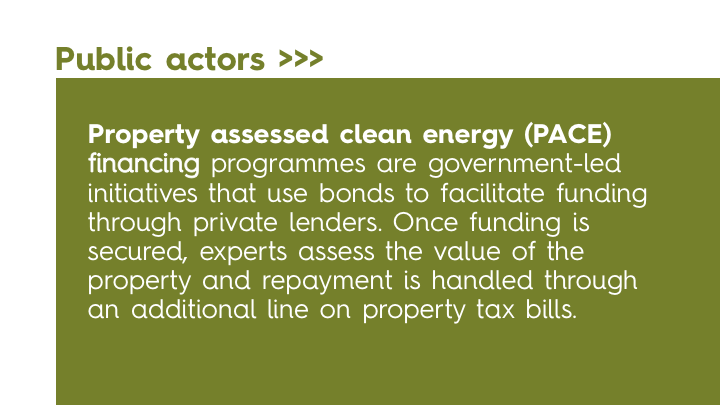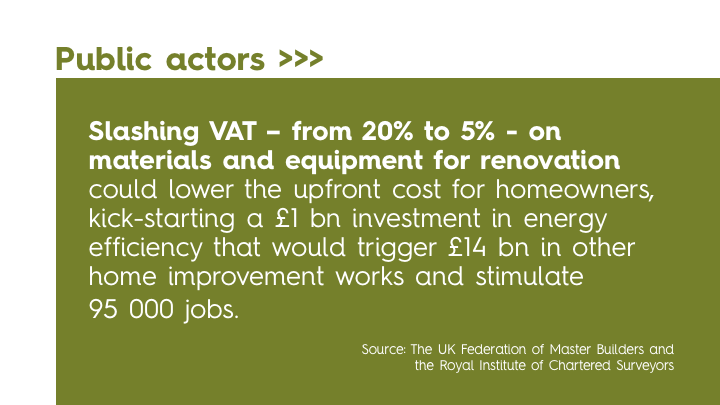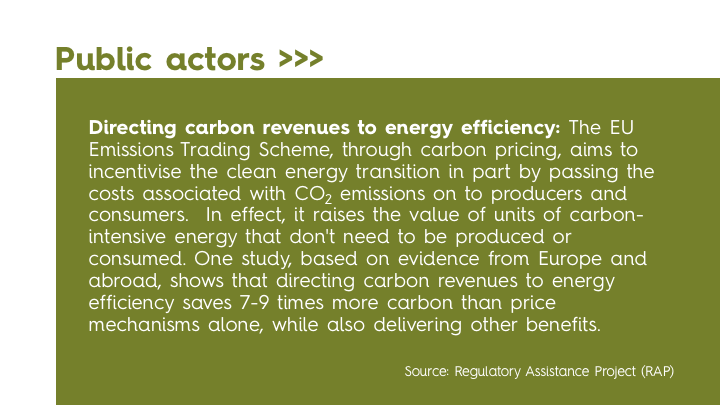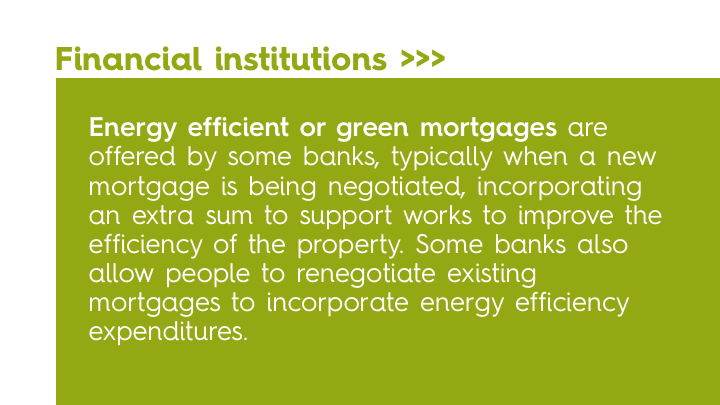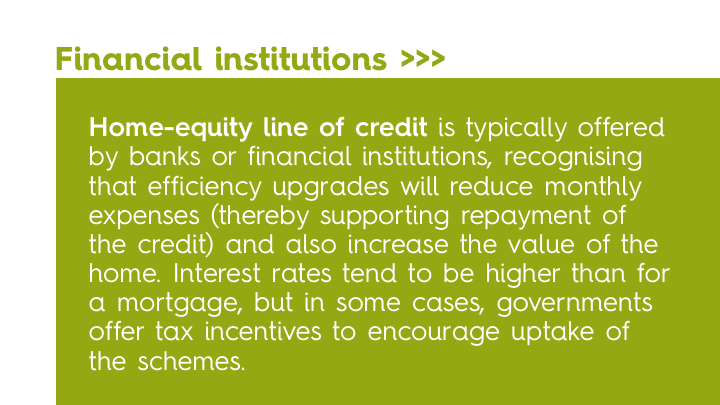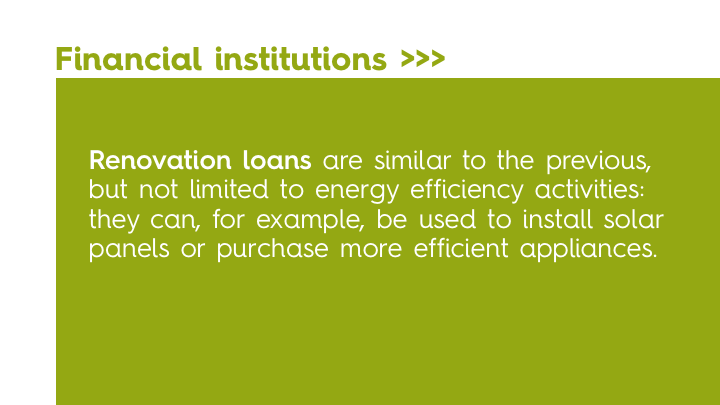To achieve the energy efficiency targets set out in the EU Green Deal, some 80% of investment will need to be directed towards reducing demand — of which 71% must target the residential sector.
Making EU homes more efficient is particularly challenging it means millions of individuals houses and millions of small loans. Efforts to integrate policies, partnerships and new financial tools are delivering results.
Effective policy and partnerships
Policy that prioritises energy efficiency and sets long-term targets (not just short-term measures) is critical to eliminating the current ‘stop-go’ dynamic that erodes investor confidence. It also empowers national and local governments to engage with a wide range of partners. Multiple projects demonstrate that public action can attract private partners, including energy service companies (ESCOs) that front financing based on the opportunity to be repaid when clients save money on energy bills.
Innovative financial tools
The cost — often between €20 000 and €30 000 — of renovations is daunting for many homeowners; for low-income families, it may be simply impossible. One UK study found that 58% of owners worried about repaying renovation loans while 53% said lack of government support was a deterrent, suggesting that if such support were available, they might forge ahead. [1]
Somewhat paradoxically, these represent very small loans for financial institutions, and are thus not a high priority. Recently, new players have entered the finance scene, with tools that aim to reduce risks while ensuring attractive returns. A sampling below shows how public actors, utilities and banks are responding to demand for new ways to finance home renovation.
Renovate Europe calls upon EU institutions to ensure that the European Green Deal creates the ecosystem for deep energy renovation, including establishing stability that will eliminate the current ‘stop-go’ dynamic that erodes investor confidence. This includes making energy efficiency a top priority and planning beyond short-term measures.
While this briefing focuses on the need for strong policy, the potential of public-private partnerships, and the particular challenges of financing renovation in the residential sector, complementary articles examine the workings of the Just Transition Mechanism and the potential to leverage carbon revenues.
For more details, click above on InDepth
For the full set of articles co-produced by EnAct and Renovate Europe, follow the links below:
Part 1 of 5 / Building renovations and the EU Green Deal
Part 2 of 5 / Proof of how buildings renovation can help meet the EU Green Deal
Part 3 of 5 / Tapping into the Just Transition Mechanism
Part 4 of 5 / Leveraging carbon revenues for EU buildings renovation
Part 5 of 5 / Financing residential deep energy renovation
Sources
Renovate Europe (2019), Deep Energy Renovation: Proof of What is Possible Today, available at www.renovate-europe.eu
